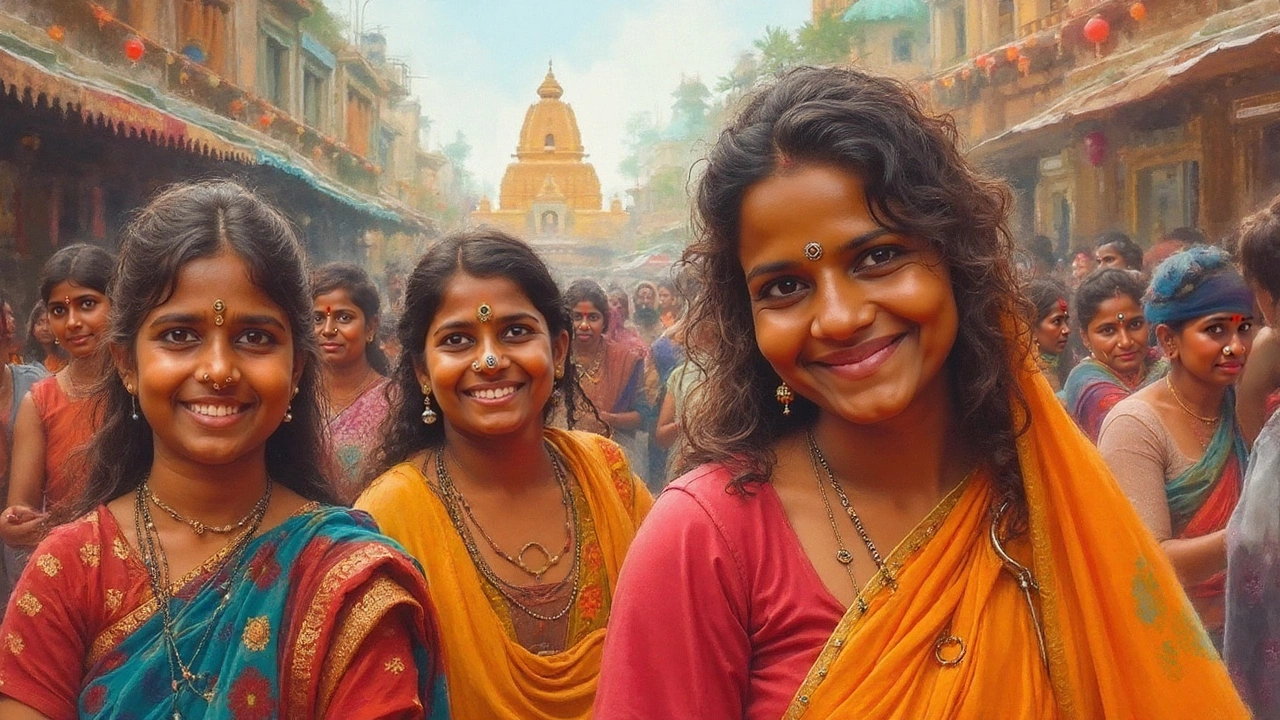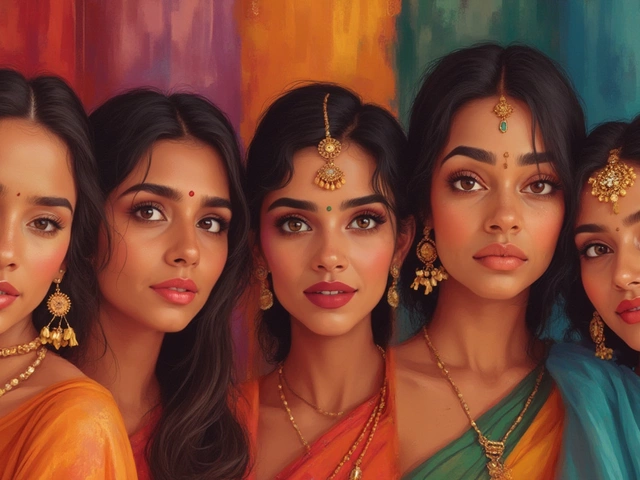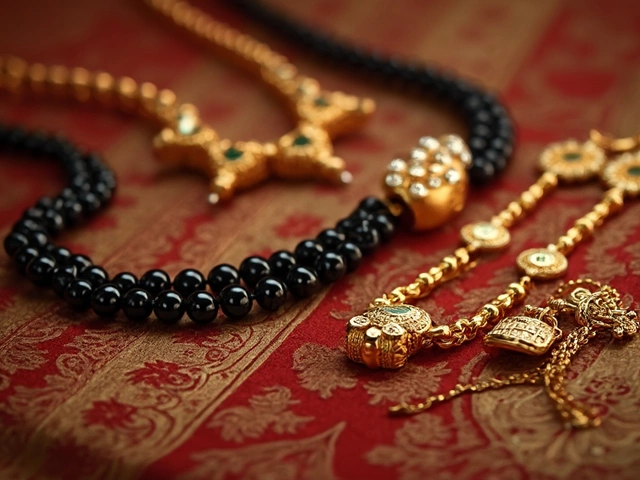Religion and Indian Jewelry: Traditions, Meanings, and Modern Trends
When you pick a piece of jewelry, you’re often choosing more than a pretty accessory. In India, many items carry deep religious roots. From a tiny nose stud to a heavy mangalsutra, each design can tell a story about faith, family, and community.
Spiritual Symbols in Everyday Pieces
Take nose studs, for example. They’re popular among Hindus and Muslims alike, but the reasons differ. In Hindu culture, a nose ring placed on the left side is linked to the goddess Parvati and is thought to ease childbirth. In Muslim tradition, a simple nose pin can signal modesty while still offering a touch of elegance.
Another classic is the mangalsutra. Historically, it’s a black‑beaded necklace that marks a woman’s married status. The black beads are believed to ward off the evil eye, while the gold chain symbolizes the husband’s protection. Modern designs now blend these old meanings with contemporary looks, so you can wear something that feels both traditional and fresh.
Even color choices have meaning. Black bangles, for instance, are often associated with protection and strength in many Indian families. Gold, on the other hand, represents purity and wealth, making it a go‑to metal for religious ceremonies and festivals.
How Faith Influences Buying Choices
If you’re shopping with a religious purpose, a few practical tips can help. First, check for proper hallmarks and purity marks—like 875 for 21‑karat gold—so you know you’re getting authentic material. Second, look for trusted symbols such as BIS hallmarks or recognized temple‑approved makers. These signs give you confidence that the piece respects both quality and tradition.
Second, think about the occasion. A wedding calls for a heavy, gold‑laden mangalsutra, while a daily prayer might only need a simple gold or silver chain with a small pendant. Matching the jewelry to the event keeps the look appropriate and the meaning clear.
Finally, consider the story you want to tell. Every piece can become a family heirloom if you choose one that reflects your own beliefs. Whether it’s a silver 833 bracelet that your grandmother wore during festivals or a modern nose stud that blends traditional symbolism with today’s style, the right item can link past and present.
That’s why this tag gathers articles covering all these angles. You’ll find guides on spotting fake jewelry, the meaning behind 833 silver stamps, how to care for black beads, and even how breaking glass fits into Hindu rituals. Each post gives you useful, bite‑sized info to help you shop smarter and honor the faith that inspired the design.
Bottom line: Indian jewelry isn’t just about sparkle. It’s a living expression of religion, culture, and personal identity. Use the resources here to pick pieces that look great and hold true meaning for you and your loved ones.
Nose Studs and Religion: Traditions, Meanings, and Cultural Influence
Explore the deep ties between nose studs and religion. Learn which faiths embrace nose piercings, what they symbolize, and how they shape cultural traditions.
Which Religion Wears Mangalsutra? Unraveling the Cultural Significance
The mangalsutra, an important symbol in Hindu marriages, holds deep cultural significance beyond just a piece of jewelry. This article explores which religions and communities traditionally wear the mangalsutra, and its evolving design over time. It dives into why the mangalsutra continues to be cherished, touching on the emotions and beliefs tied to this sacred necklace. If you're curious about its origins, symbolism, or current trends, you'll find everything you need right here.
Kirpan: Meaning and Significance Explained
The Kirpan is more than just a ceremonial dagger; it's a vital symbol in Sikhism. It represents courage and the commitment to fight against injustice. Observant Sikhs carry it as a reminder of their duty to defend the vulnerable. This article explores the cultural, religious, and historical significance of the Kirpan, providing insights into its meaning and place in modern-day Sikh practice.







